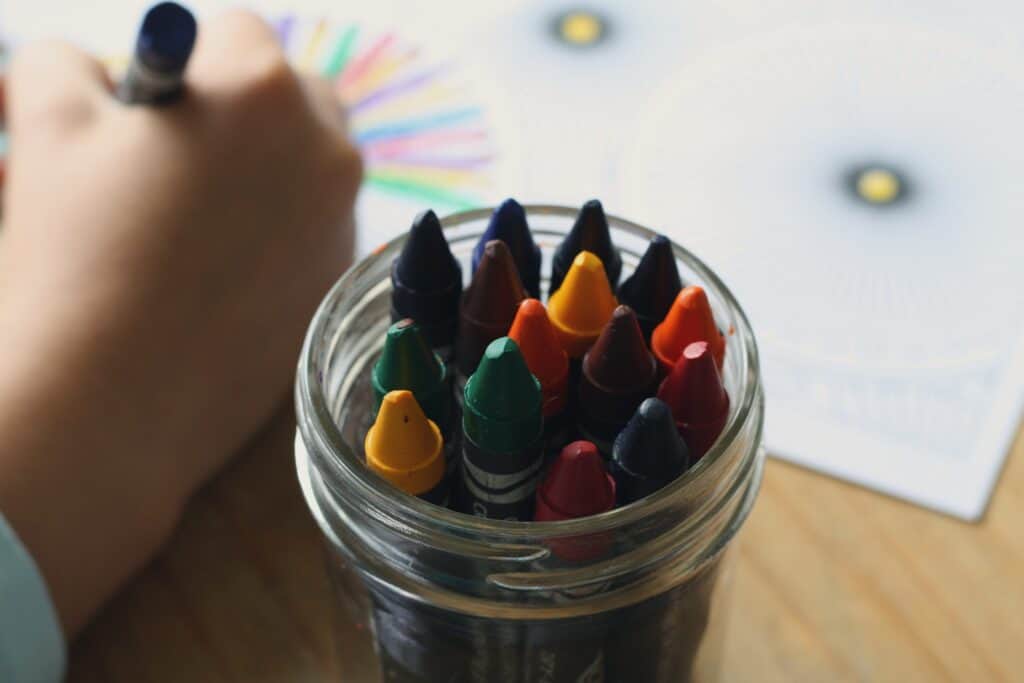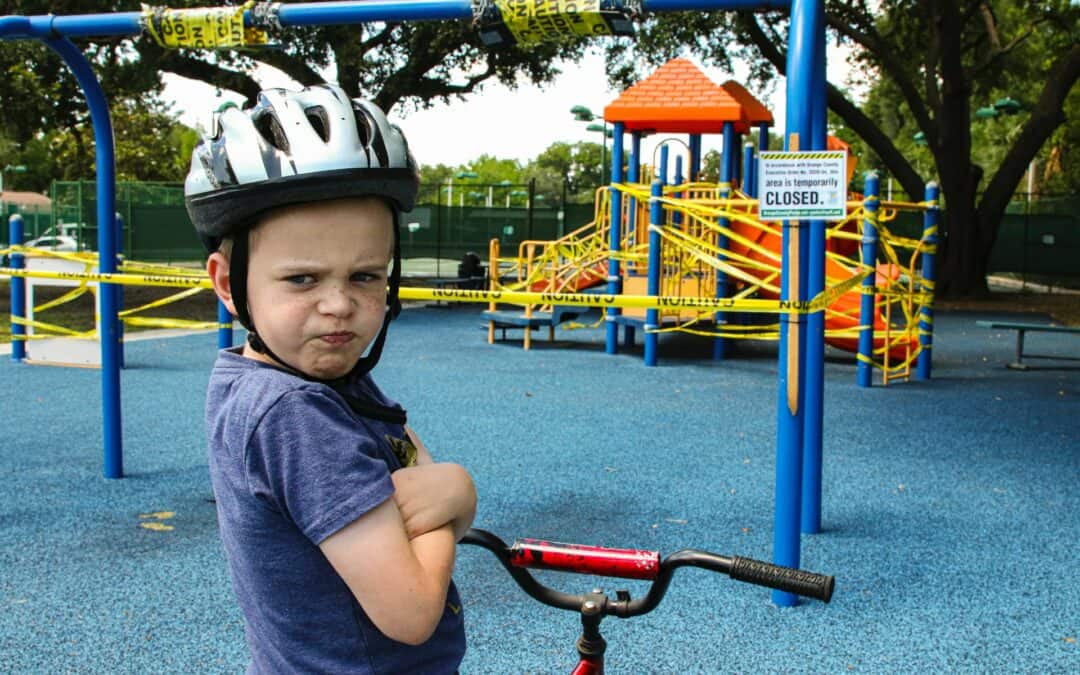Childhood is an incredibly precious and precarious time in one’s emotional development. According to Rasmussen University, this development process can be characterized by three stages: noticing emotions, expressing emotions, and managing emotions.
The journey of managing the overwhelming emotions of childhood isn’t always an easy one, let alone a straightforward one. In fact, the process can become especially challenging to handle when implementing tools on anger management for kids.
If you want to know how to help your children with anger management, whether inside or outside of the classroom, here’s how you can respond to that anger within a compassionate, empathy-focused framework.
Anger Management for Kids
Anger Management in the Classroom
The classroom is a great source of togetherness and community as children learn alongside their peers and come to form their first friendships—bonds that could potentially last a lifetime. However, typical school stressors, from bullying to challenging work, can also turn the classroom into a source of tension.
Even older children encounter challenges with regulating and controlling their emotions in the classroom. In a study conducted a decade ago, nearly 1 in 12 American adolescents (nearly 6 million people) were found to exhibit traits of Intermittent Explosive Disorder (IED), a condition characterized by uncontrollable, particularly volatile outbursts of anger. (Harvard Medical School)
Anger often stems from intense feelings of being provoked, hurt, or wronged. Since it takes children some time to fully and properly discern the differences between right from wrong, it also takes them some time to formulate proper responses and strategies to cope with feeling wronged.
This is where effective, empathy-focused education plays a crucial role in demonstrating healthy examples of anger management for kids. Even planting a few positive seeds now can prove vital for promoting positive growth long into the future. One great strategy for cultivating these positive seeds could involve teachers facilitating group activities for anger management. Here’s what that would entail.
Group Activities for Anger Management

Group activities and games offer a myriad of insightful, fun opportunities for young students to learn the fundamentals of cooperation. These activities not only help with anger management in the classroom, but healthy emotional management at large.
As an educator, there are a number of creative group activities for anger management you could consider incorporating into your classroom. We hope these suggestions will help spark some inspiration.
Below are some popular group activities for anger management worth some consideration:
- Art Therapy: Drawing, painting, sculpting, and sketching all offer ways for children to let their expressive creative abilities flourish, and in turn, creatively visualize their feelings. Art therapy has been shown to effectively work with 68% of children. (Frontiers In Psychology)
- Role Play: Acting, charades, and puppet shows are all excellent options for children to externalize their emotions in safe, controlled environments. Rather than yelling or fighting, role-playing offers students a fun, healthy outlet to voice their anger.
- Anger Worksheets: Getting kids to express, process, and challenge angry thoughts through creative writing prompts and in-depth worksheets can offer an invaluable resource and means of therapeutic expression. You can find many printable anger management worksheets on the web.
- Mindfulness Exercises: Breathing exercises are a remarkably effective lesson to impart on students if you’d like to teach them how to better regulate their emotions. During break time, consider facilitating group meditations or breathing exercises, encouraging students to mindfully reflect on their emotions. Learn the Stop and Breathe technique from Soul Shoppe here.
- Board Games: Group-focused board games promote the ideals of collaboration, working together, and hashing out conflict.
- Safe Learning Environments: A safe learning environment is a calmer, happier one, where students are encouraged to implement research-backed conflict resolution techniques. You can find conflict resolution activities for kids here. Additionally, Soul Shoppe provides a peace path to help students learn how to work out their conflict and emotions in a healthy way.
These group activities can provide positive emotional benefits as kids learn to navigate challenging emotions in a safe environment.
But what if all else fails, and little Timmy’s still having trouble controlling his temper? Here are some key steps to keep in mind while trying to manage a child’s anger.
How To Handle An Angry Aggressive Child

- Talk Calmly: A parent or authority figure may feel tempted to meet a child’s anger with anger of their own, by yelling back at them. This will likely exacerbate the child’s emotional tension even further. A quiet voice is a great tool to help minimize tension.
- Stay Present: While you shouldn’t meet anger with retaliatory yelling, you also shouldn’t capitulate to the child’s anger. Be firm, resolute, composed, and try to teach the child a more peaceful means of conflict resolution after they calm down.
- Discipline Appropriately: You can discipline the child with appropriate consequences when they choose bad behavior. However, you should not use overly harsh punishments. Disproportionate punishments will only make the child more angry. Instead, once the child is calm, talk about why they received the punishment they did and how it related to their choices in the given situation. It’s important that they understand cause and effect.
- Stay Connected: Connection is extremely important in a child’s life. Help encourage connection through social emotional learning programs. Validate their emotions and teach them how to channel them in a better way.
Anger management and emotional development is a lifelong journey, not only for kids, but well into adulthood. For roughly two decades, Soul Shoppe’s helped thousands of children find their first steps in that journey. We connect with over 60,000 children each year, teaching them new empathy-based approaches to conflict resolution and emotional regulation.
Our SEL programs for elementary schools have yielded proven results in helping teachers and parents teach emotional regulation. Contact us today if you’d like to learn more about our innovative social-emotional learning programs!
You May Also Like:
Teaching Children How to Self Soothe
How to Express Feelings in Words


